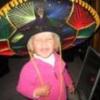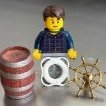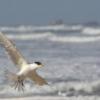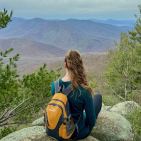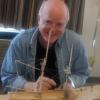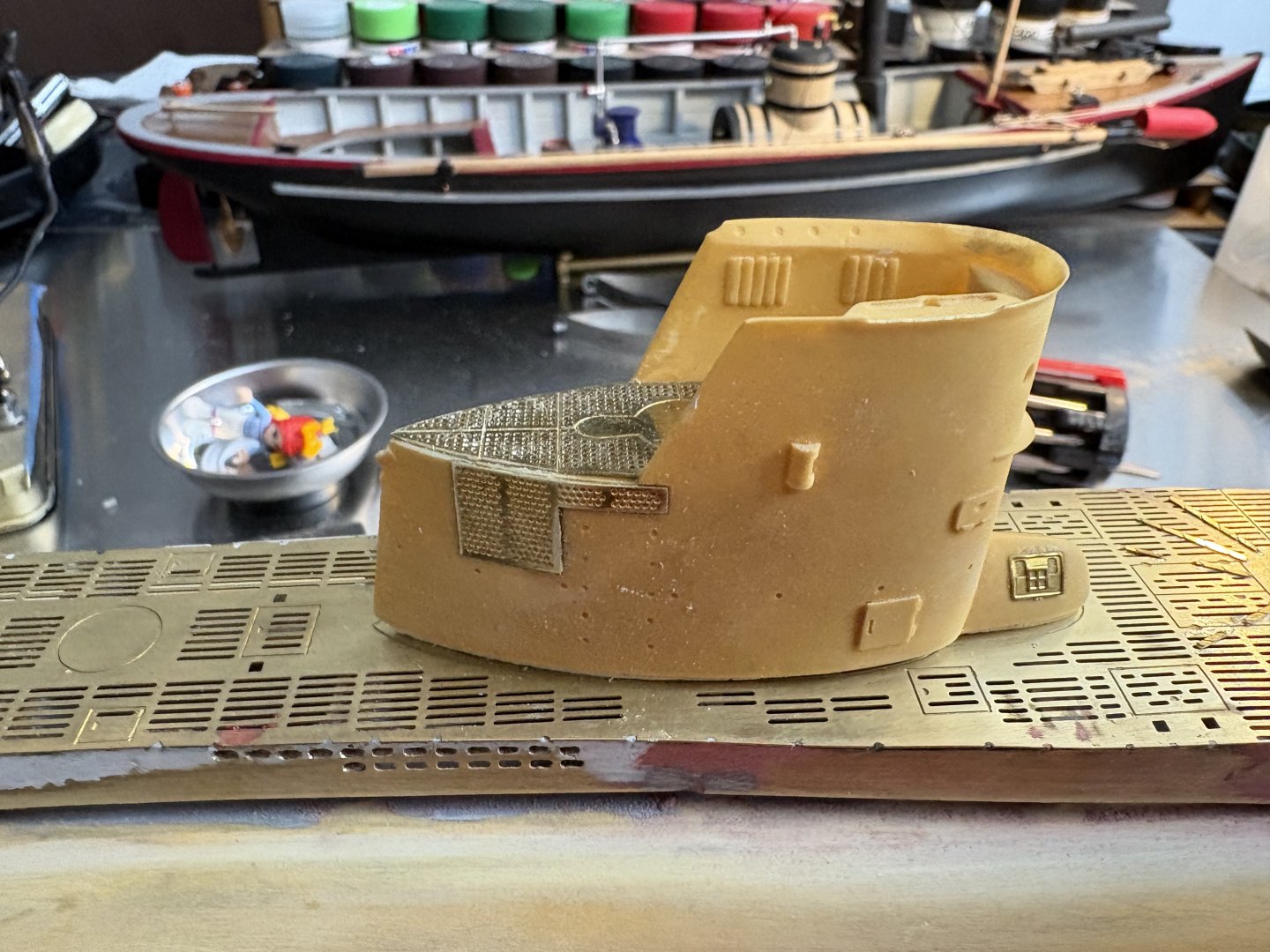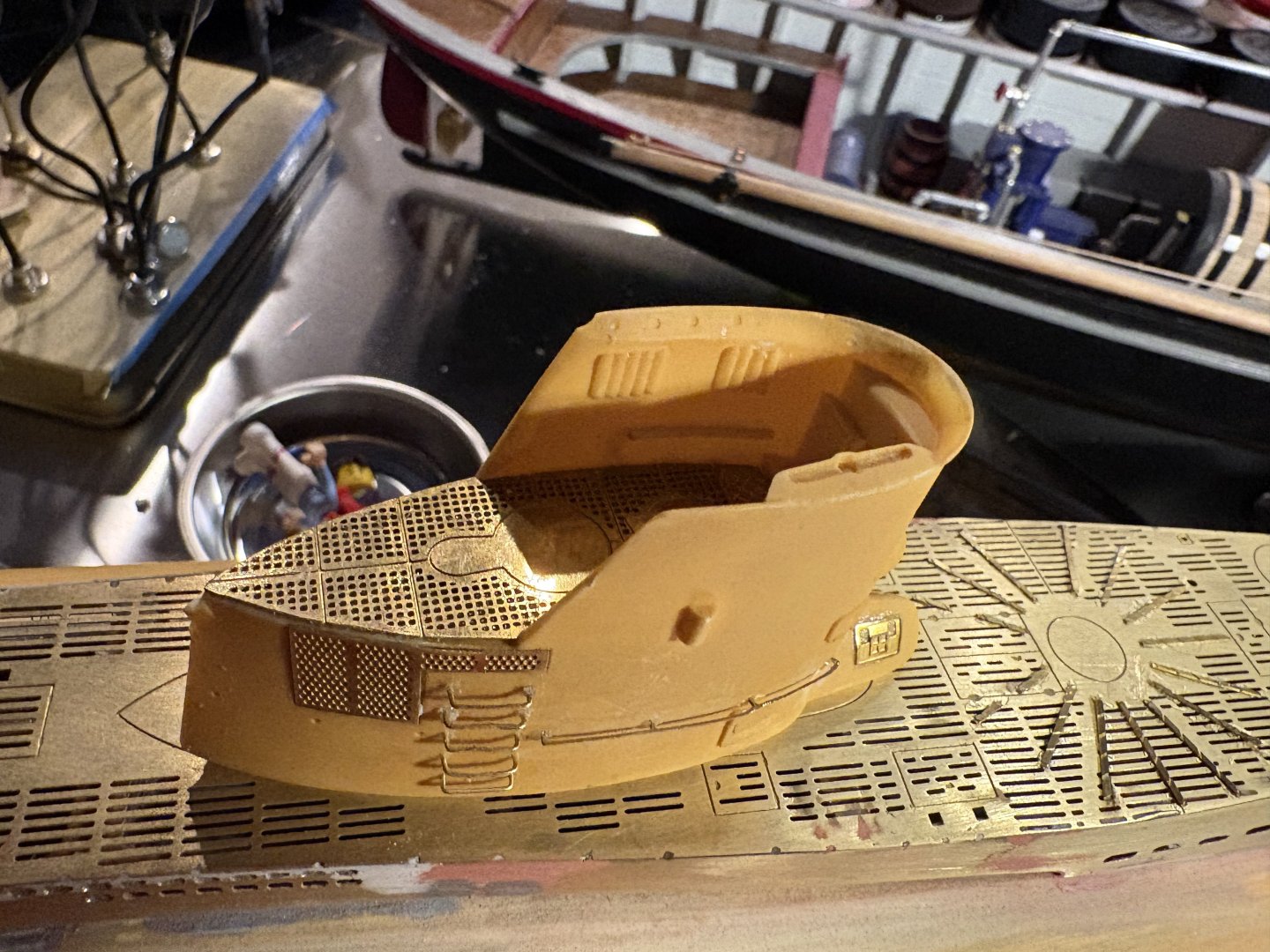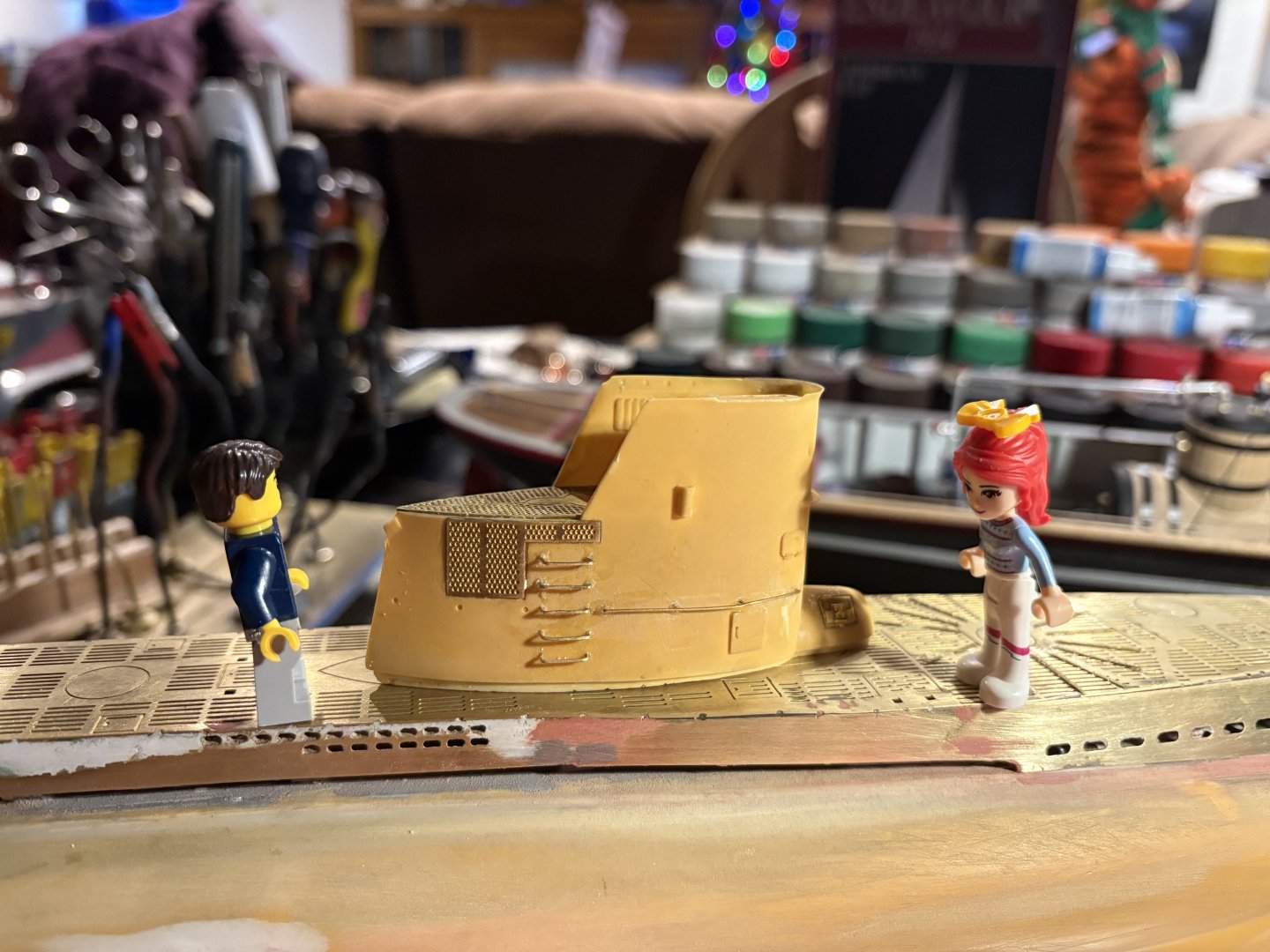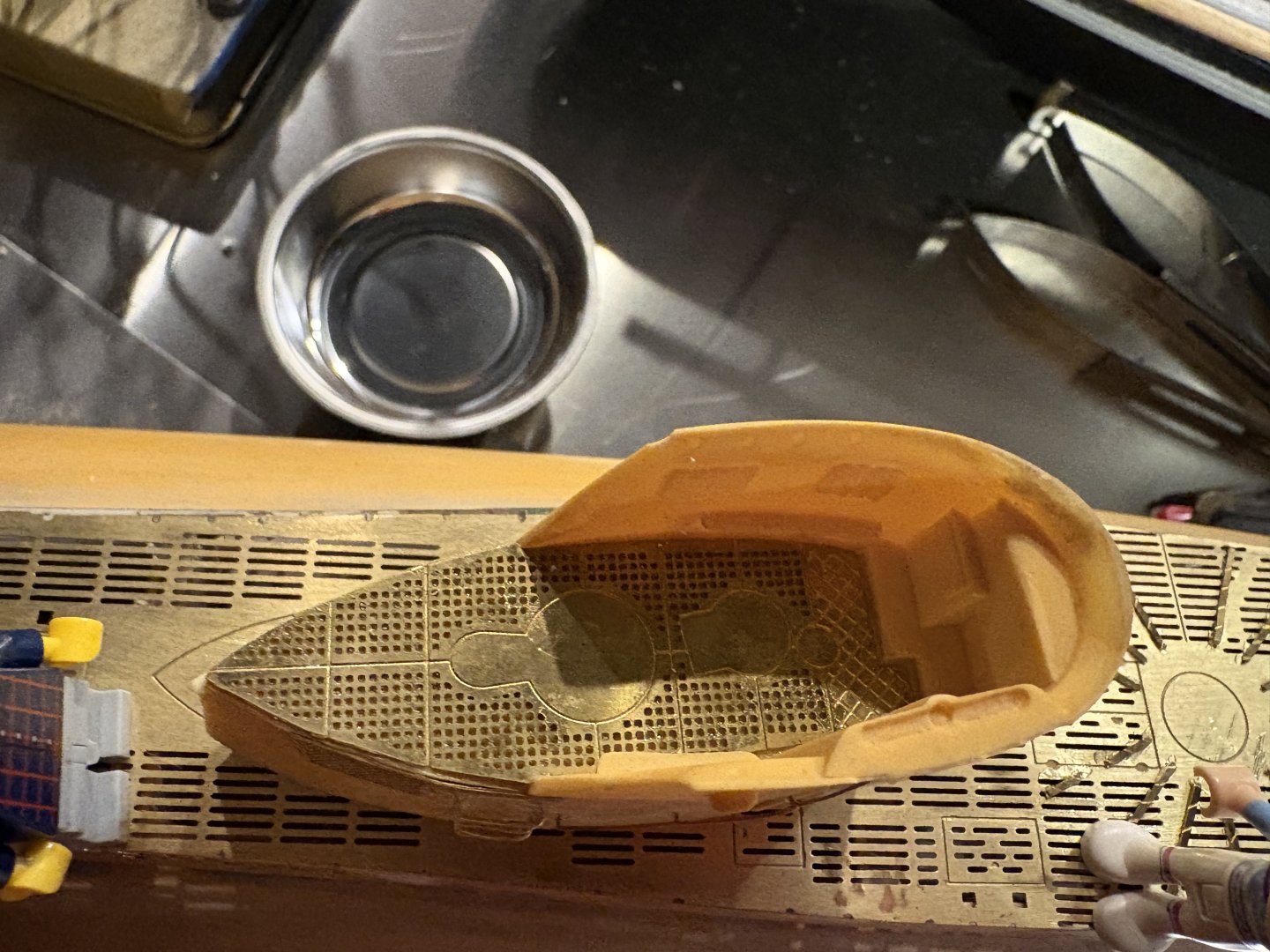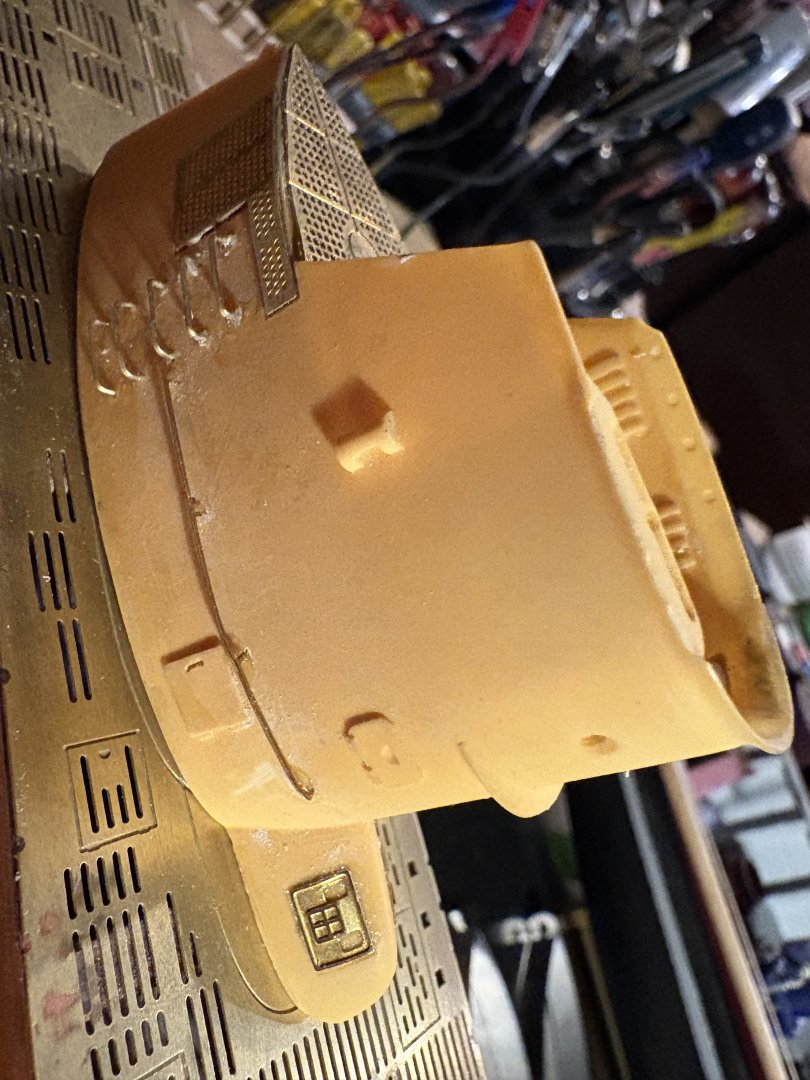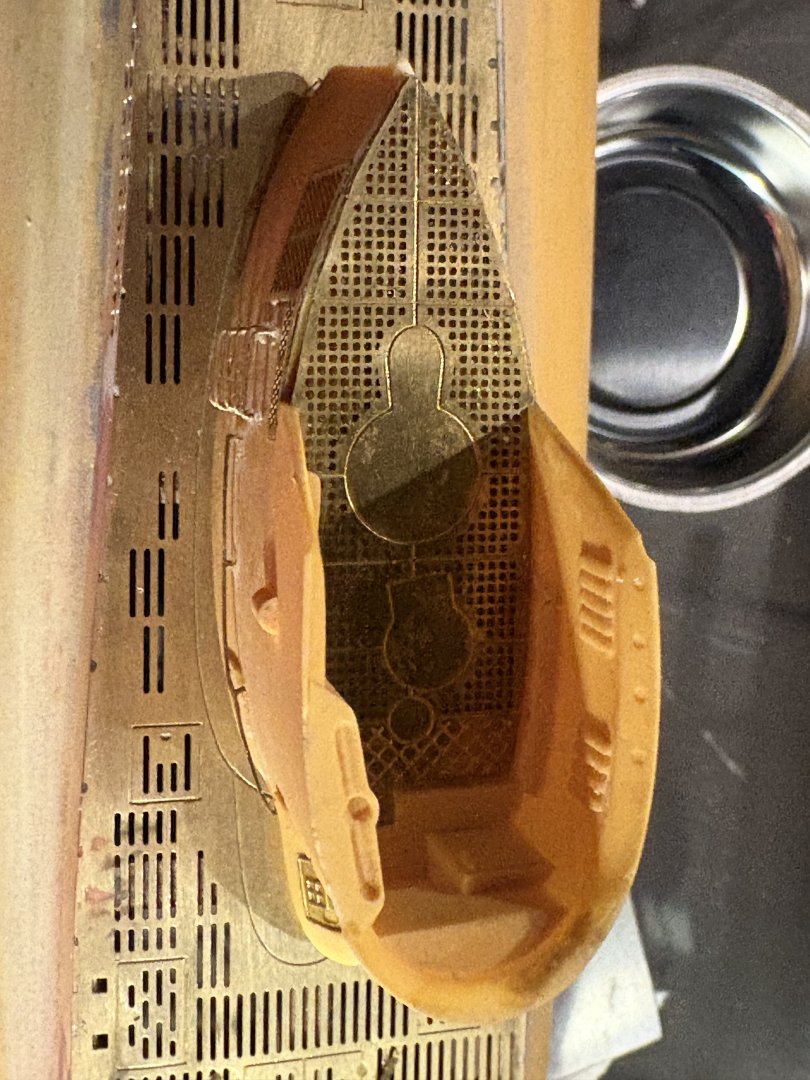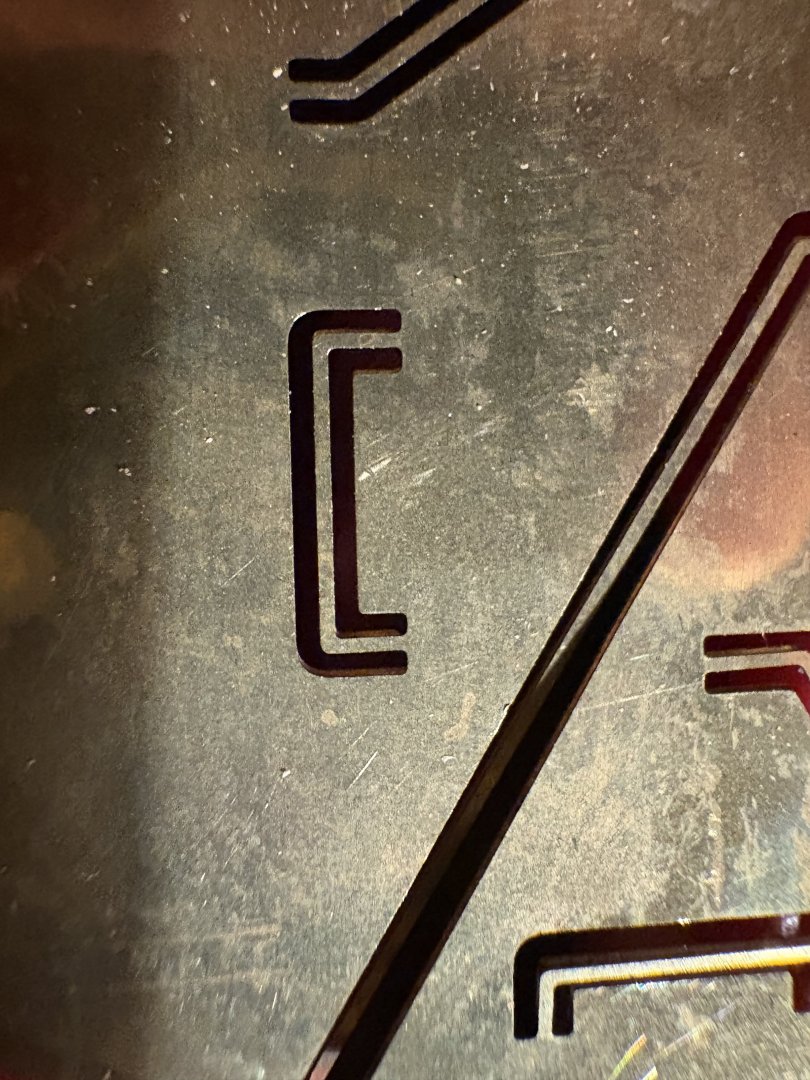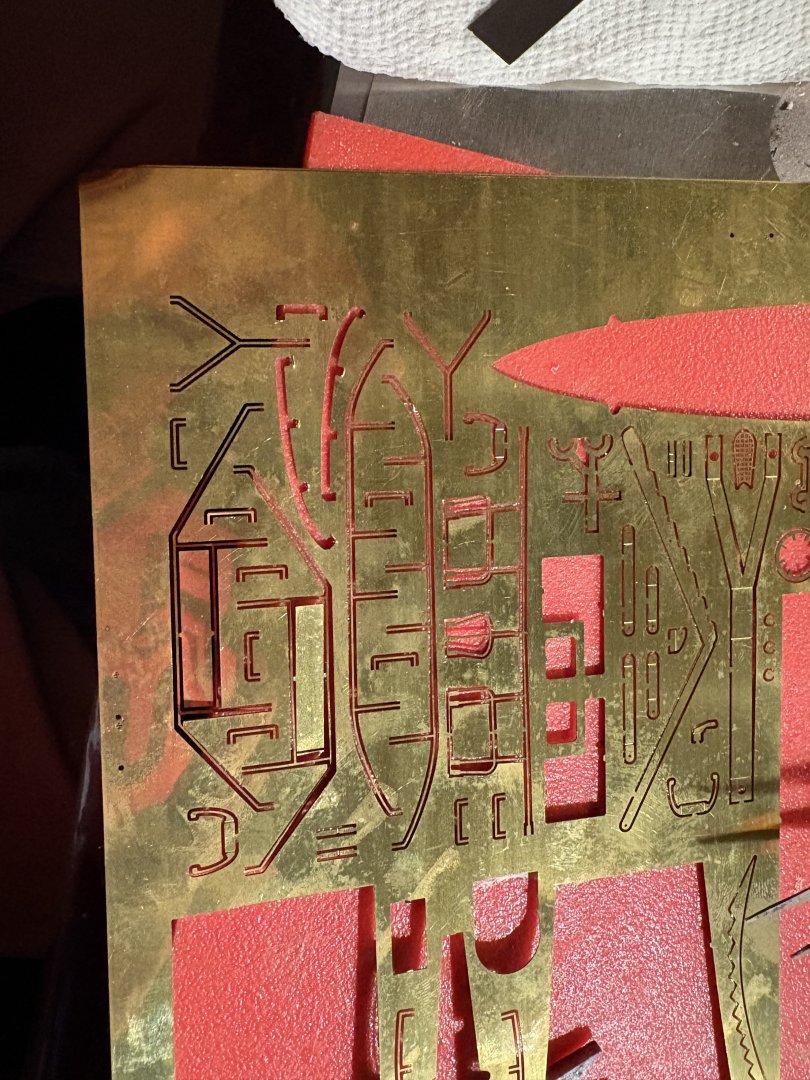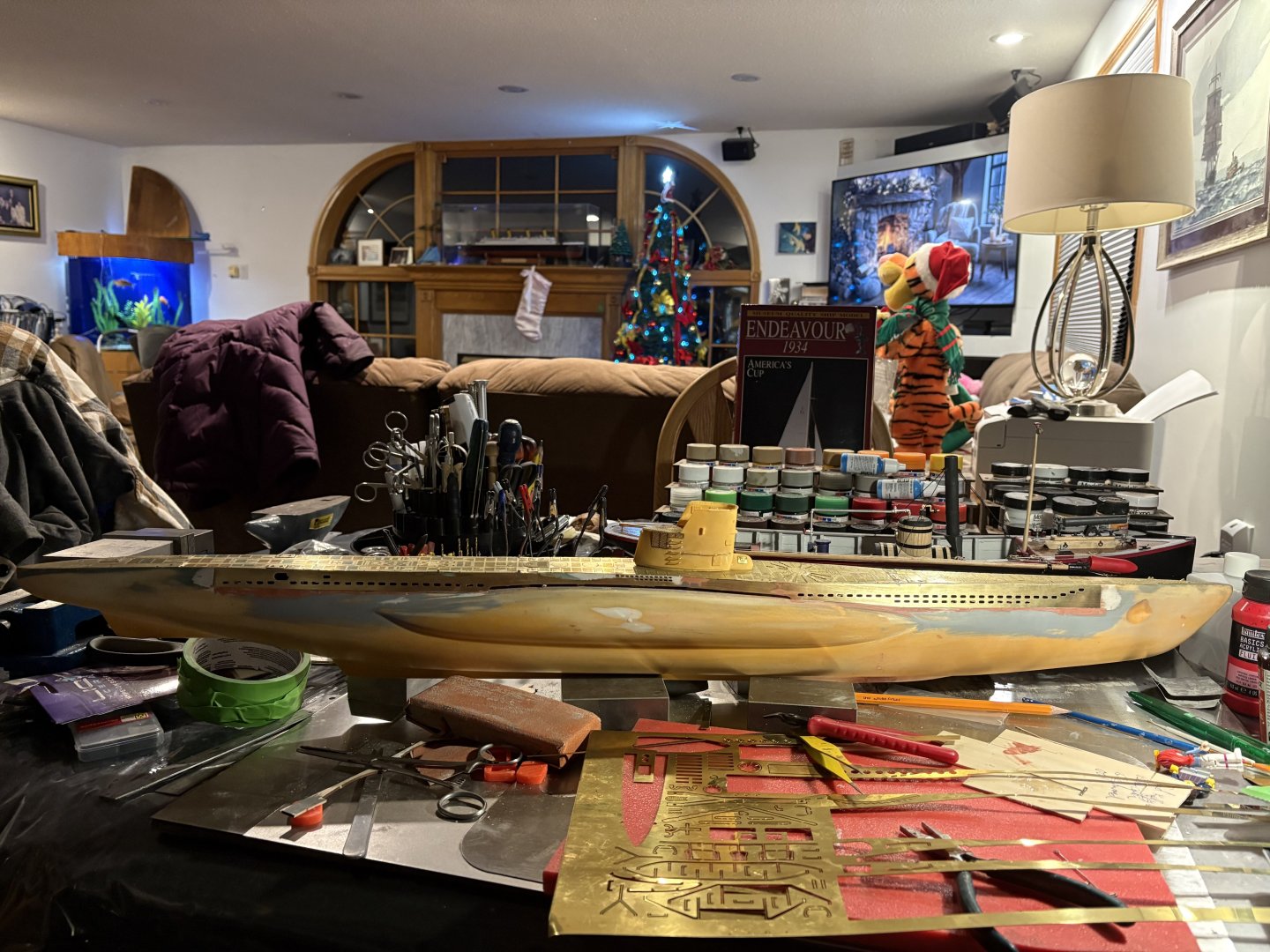All Activity
- Past hour
-
 Scott Crouse reacted to a post in a topic:
HMS Victory by ECK - OcCre - 1/87
Scott Crouse reacted to a post in a topic:
HMS Victory by ECK - OcCre - 1/87
-
 Scott Crouse reacted to a post in a topic:
Calypso by mandolinut - Billing Boats - 1:45
Scott Crouse reacted to a post in a topic:
Calypso by mandolinut - Billing Boats - 1:45
-
TJM, thanks a lot!! Those are some very good photos, and references are never enough. I'm sure I'll put them to good use! Trying to understand these plans is a fun puzzle, a little mind cracking sometimes, and a lot of trial and error goes. A good CAD software is a must. Danish plans are pretty special, because they often explain and give measurements for much more than any other nation's. And well, being Danish yourself, you're in a great position to get into it. Cheers!
- 42 replies
-
- Wildmanden
- Turesen
-
(and 1 more)
Tagged with:
-
Joggling Deck Planks
DGraley replied to DGraley's topic in Building, Framing, Planking and plating a ships hull and deck
Great info. Thanks everyone. -
 tmj reacted to a post in a topic:
Joggling Deck Planks
tmj reacted to a post in a topic:
Joggling Deck Planks
-
 Arthur Goulart reacted to a post in a topic:
Wildmanden 1755 by Arthur Goulart
Arthur Goulart reacted to a post in a topic:
Wildmanden 1755 by Arthur Goulart
-
 realworkingsailor reacted to a post in a topic:
Bentley Blower - Airfix 1/12 by RGL
realworkingsailor reacted to a post in a topic:
Bentley Blower - Airfix 1/12 by RGL
-
 realworkingsailor reacted to a post in a topic:
Bentley Blower - Airfix 1/12 by RGL
realworkingsailor reacted to a post in a topic:
Bentley Blower - Airfix 1/12 by RGL
-

Bentley Blower - Airfix 1/12 by RGL
realworkingsailor replied to RGL's topic in Non-ship/categorised builds
All looking great! I’d be careful though, one wrong move and it looks like World War One might break out on that cabinet shelf! 🤪 Andy -
 Ellie_ reacted to a post in a topic:
Endeavour J class by TerryPat - Amati - 1:80
Ellie_ reacted to a post in a topic:
Endeavour J class by TerryPat - Amati - 1:80
- Today
-
 Coyote_6 reacted to a post in a topic:
USS Cape (MSI-2) by Dr PR - 1:48 - Inshore Minesweeper
Coyote_6 reacted to a post in a topic:
USS Cape (MSI-2) by Dr PR - 1:48 - Inshore Minesweeper
-

Kit review 1:48 La Renommée section - CAF Model
druxey replied to James H's topic in REVIEWS: Model kits
Season's greetings, Kerry! And nice to put a face to the talented Tom. -
I thought of a setting tool as well, but I doubt anyone other than you would possess one, Eberhard!
-
-
Welcome aboard second time around. Best Rick
- Yesterday
-
A nice solution to complex shaping, Phil. John
- 441 replies
-
- minesweeper
- Cape
-
(and 1 more)
Tagged with:
-
neilm started following Robert E Lee by Script - FINISHED - Amati - 1/160 Mississipi Riverboat
-
Ellie that gap can easily be filled with a wood strip and modeling paste or just modeling paste you can get at Michaels. I my opinion it’s far better and cheaper as a filler than Model Lite or Plastic Wood. It also doesn’t have an obnoxious smell and it hardens and sands great. Modeling paste can also be sculptured. The planking looks great. As Terry said with filler and if you are planning on painting the hull I see no need to do a second planking unless you want the practice. Filler and paint can work miracles My father always said “ a little plaster and a little paint can make things look like what they ain’t. Best Rick
-
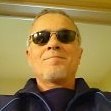
USS Constitution by mtbediz - 1:76
mtbediz replied to mtbediz's topic in - Build logs for subjects built 1751 - 1800
I mounted the tackle equipped stay on the port side of the main mast. By the way, I call this rope a stay, but I'm not sure if that's the correct name. -

Kit review 1:48 La Renommée section - CAF Model
James H replied to James H's topic in REVIEWS: Model kits
Thanks for sharing that with us. Nice to see Tom with his finished project. I'm just editing the first four stages but having a nightmare with my Mac and the latest Tahoe software which has laid my 2019 MacBook Pro waste. -
What are the functions of the other vents in the stack?? Obviously the biggest vent will be for the engine exhaust, and I am figuring a vent or two for the galley. Brian D
- 441 replies
-
- minesweeper
- Cape
-
(and 1 more)
Tagged with:
-
Sorry, no it's not a lotus 7 but a semi replica from a book, not a kit. It is a Haynes Roadster. I just finished building it this year. The seating area is 4" wider then a real 7.
- 22 replies
-
- William Atkin
- Sloop
-
(and 1 more)
Tagged with:
-
Bill, sadly I’ve done something similar with my HMS Terror. At that time I placed the wiring right under the deck, which when I drilled a hole for some piece of deck equipment, I severed a wire. I had to do micro surgery by taking out a deck plank and add a hole through the false deck, find the broken wire and solder it back together and repair the deck. It was a pain to say the least. Now I don’t put the wires directly under the deck to prevent future accidents. I guess we just learn from our past and move on.
-
Thanks Terry. If I live through the rail fabrication it will turn out to be a great model. Echo and I love admiring our work. Rick
-
thank you Druxey. I have used similar setups making masts with Sitka spruce up to almost 3 feet. However masts or other spars over about 15 inches only come up from time to time and I somehow get through the challenge. A more worrisome issue is the Norwegian rigging come straight at me.....Thanks to Harvey I just got a rigging book written by a Swede that looks like a whole new rabbit hole to descend. We'll see how that goes. cheers
- 44 replies
-
- Northwest passage
- Norway.
-
(and 2 more)
Tagged with:
-
My first mate and I would rather have hand me downs than hand rails. Both the steps and rails are a pain in the you know what. As said earlier the rail placement is very very tedious requiring a numerous amount of straightening prior to cementation ( very thin and delicate and pray they don’t break). The steps that come with the kit were impossible to work with. They were difficult to remove from the sheet and impossible to work with also. I opted to make all 10 from brass wire and they came out great. Far better than those supplied with the kit which were tiny thin and flat. Round wire of about the same gauge was far superior. Even though I’m complaining the bras in the kit is beautiful! So far so good but for my mental health signing off until tomorrow. Admiral Rick
About us
Modelshipworld - Advancing Ship Modeling through Research
SSL Secured
Your security is important for us so this Website is SSL-Secured
NRG Mailing Address
Nautical Research Guild
237 South Lincoln Street
Westmont IL, 60559-1917
Model Ship World ® and the MSW logo are Registered Trademarks, and belong to the Nautical Research Guild (United States Patent and Trademark Office: No. 6,929,264 & No. 6,929,274, registered Dec. 20, 2022)
Helpful Links
About the NRG
If you enjoy building ship models that are historically accurate as well as beautiful, then The Nautical Research Guild (NRG) is just right for you.
The Guild is a non-profit educational organization whose mission is to “Advance Ship Modeling Through Research”. We provide support to our members in their efforts to raise the quality of their model ships.
The Nautical Research Guild has published our world-renowned quarterly magazine, The Nautical Research Journal, since 1955. The pages of the Journal are full of articles by accomplished ship modelers who show you how they create those exquisite details on their models, and by maritime historians who show you the correct details to build. The Journal is available in both print and digital editions. Go to the NRG web site (www.thenrg.org) to download a complimentary digital copy of the Journal. The NRG also publishes plan sets, books and compilations of back issues of the Journal and the former Ships in Scale and Model Ship Builder magazines.

